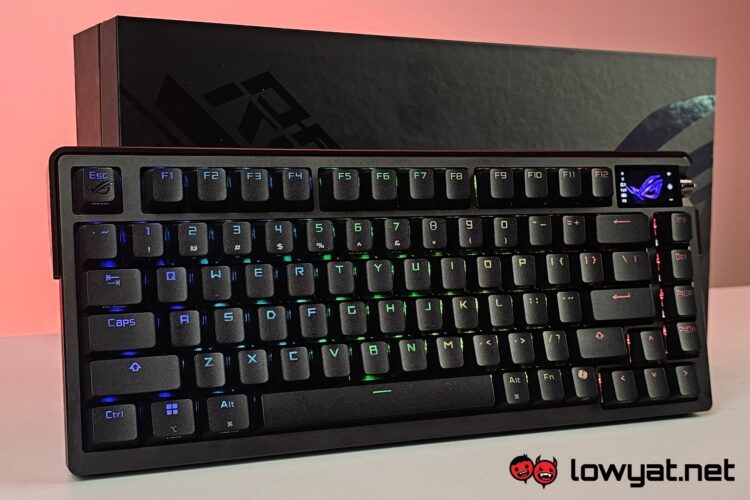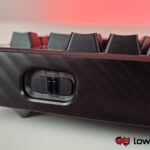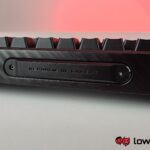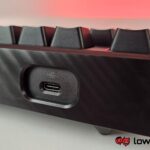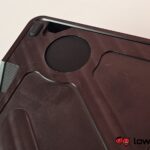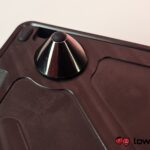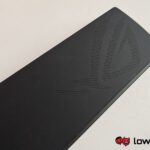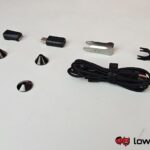Taiwanese electronics brand ASUS has made plenty of gaming peripherals in the past, seeing the company release a keyboard is not all that surprising. What is, though, is the extent that it has gone with what is called the ASUS ROG Azoth Extreme. First revealed during Computex earlier this year, the keyboard really got itself the most fitting name possible.
In fact, I would go as far as to say that the last word in the ASUS ROG Azoth Extreme name is an understatement. Which is also kind of an oxymoron when you consider this is a 75% keyboard. But we’ll get to the details in a bit.
What Am I Looking At?
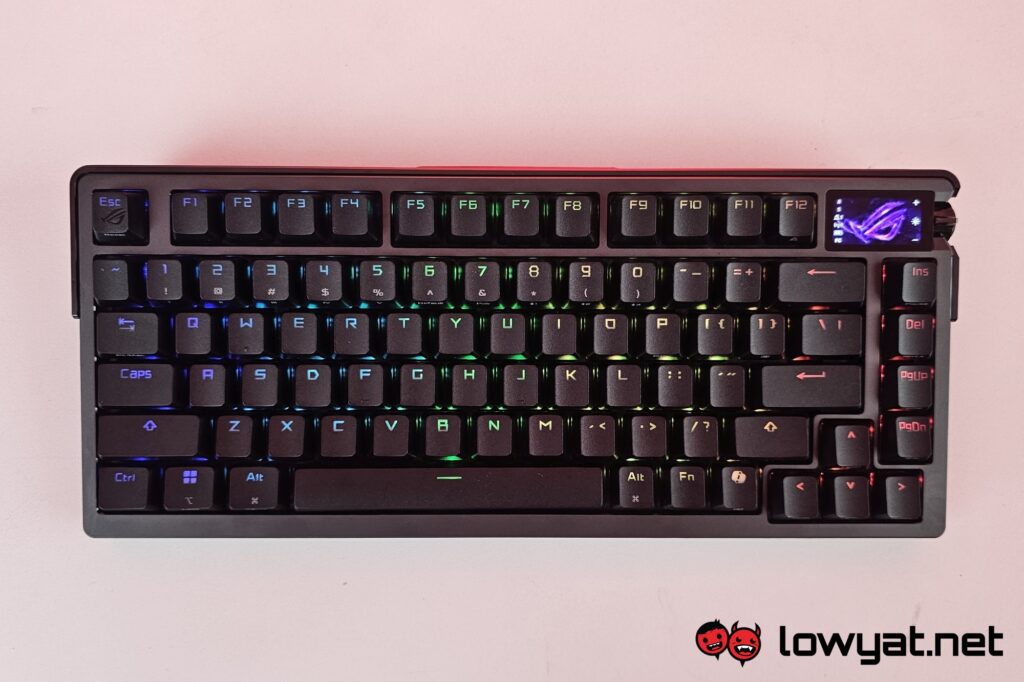
As mentioned, the ASUS ROG Azoth Extreme is a very extreme specimen of a 75% keyboard. Despite there not being a full-sized option, you can just about customise every key available on it. This includes the switches that it comes with by default, which are either the linear NX Snow or clicky NX Storm. As I much prefer clicky keyboards for both work and play, I naturally requested for the latter to review.
So the switches of the ASUS ROG Azoth Extreme being swappable makes it the kind of hardware that custom keyboard enthusiasts would probably like. It even comes with a switch puller in the box. Not that I had any need for it, as the NX Storm keys were very much to my liking. Despite a slightly higher tactile force needed at 65g for actuation compared to the linear option, it was a blast to both type and game with.
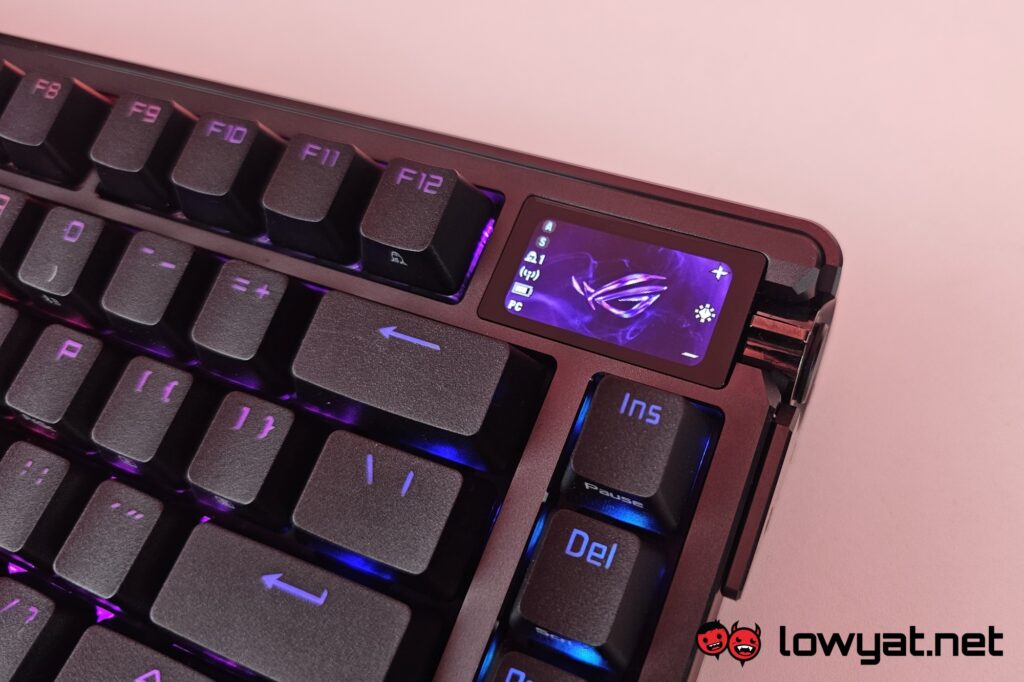
One part of the ASUS ROG Azoth Extreme that helps it stand out from the rest is the 1.4-inch OLED touch screen on the top right corner, and the control knob next to it. There are things to like and dislike for both, despite their customisability. I won’t go into too much detail about what they can do, but to summarise, the screen is a bit like what you’d find on a smartwatch – swipe up and down or left and right to switch between functions. As for the knob, your input commands include flicking it up or down, pressing it directly downwards, or pressing it in from the side.
Despite not being a full-sized keyboard, the ASUS ROG Azoth Extreme is very hefty. Granted, the case is carved out of a block of aluminium, but the thing weighs in at 1.5kg, or 2.2kg if you include the wrist rest. And for such a chonker, folding feet for adjusting your typing angle is probably not the best idea. Instead, you get two sets of magnetically attached ones. Rounding out the feature list are the three connectivity modes – USB-C, 2.4GHz wireless and good old Bluetooth. The dongle for the first wireless mode is hidden underneath the keyboard itself, with an 8,000Hz polling rate booster also in the box.
What’s Good About It?
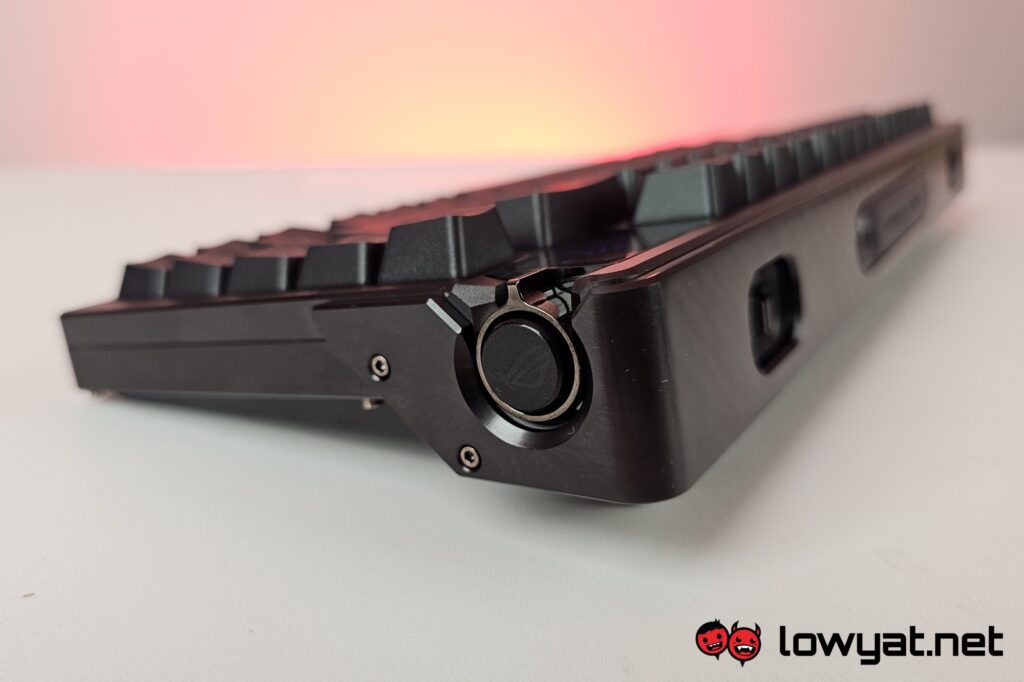
Befitting a product as premium as the ASUS ROG Azoth Extreme, everything that it does, it does very well, with some elements veering well into overkill territory. And every feature that is included in the package, the argument can be made that it’s at least one of the best implementations of said feature.
To start, the typing experience with the ASUS ROG Azoth Extreme is really great. Especially with the clicky NX Storm keys which provided very low resistance. There’s also the gasket mount switch which provides you with two options. Setting it to hard gives you a crisper flex, while leaving it at soft provides more flex. In theory anyway, as unless you’re specifically looking to feel a difference, you probably won’t be able to, unless you’re already knee deep in custom keyboards.
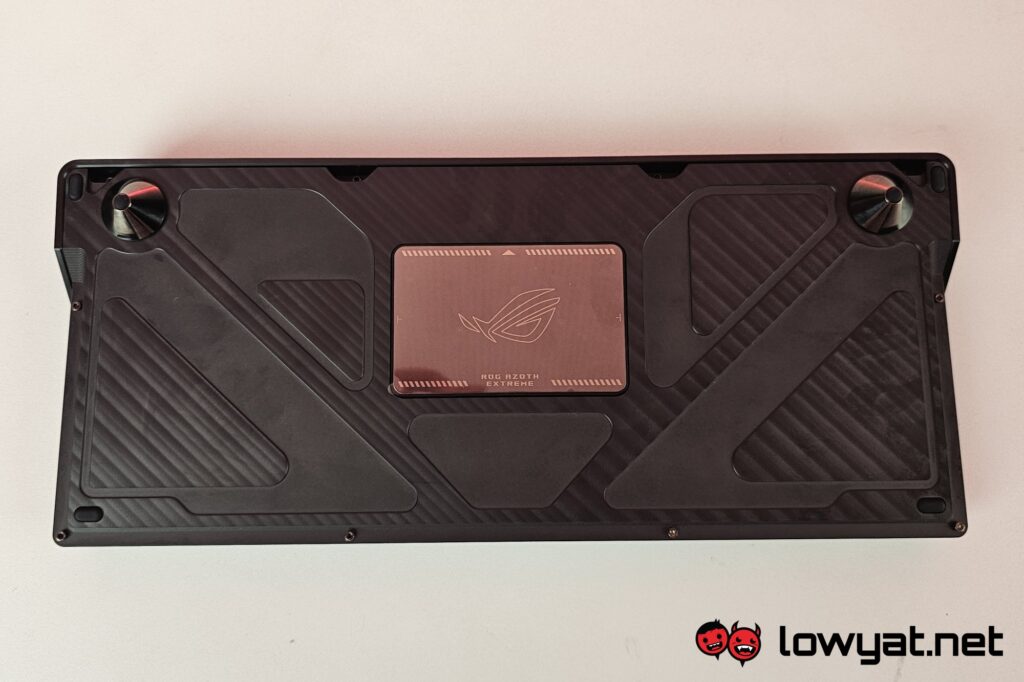
As mentioned earlier, the ASUS ROG Azoth Extreme comes with three connectivity modes – wired, Bluetooth and 2.4GHz wireless. There’s really no complaints about the first one, as everything works just about as well as you’d expect. In the same vein, the second mode works well enough while you’re working, but you probably wouldn’t use it for FPS gaming, or anything else that require twitch reflexes.
The last one is probably the sweet spot if you must use some form of wireless mode, as a polling rate of 1,000Hz is generally enough for just about any genre, with a long enough battery life to last a claimed 92 hours. We didn’t have the ASUS ROG Azoth Extreme for long enough to test that claim, but the battery icon on the OLED screen didn’t move until the second day of gaming over the weekend, with the screen and lighting at maximum brightness. I personally did not feel the difference between 1,000Hz and 8,000Hz polling rates, but your mileage may vary.
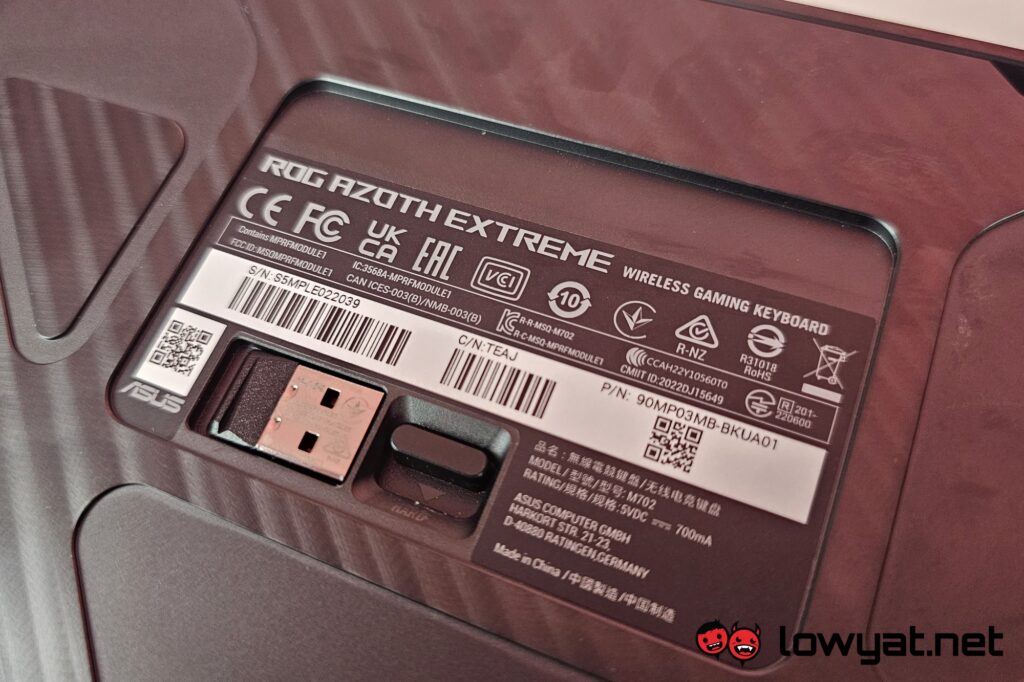
Finally, of course, there’s the build quality. The ASUS ROG Azoth Extreme is easily the most solid-feeling keyboard I’ve ever tested, which is probably no surprise considering its weight. If this is something that you’d take around for LAN parties or tourneys, or if you’re just pretty clumsy in general, the aluminium bits of the keyboard will surely survive the ordeal.
What’s The Catch?
While I realise I sometimes blur the lines between what’s good and bad about a product being reviewed, it seems especially apt for the ASUS ROG Azoth Extreme. This is because the keyboard is, beyond a shadow of a doubt, a premium product, with elements that can come across as unnecessarily fancy, as mentioned in the previous section.
And with that, we start with the build of the ASUS ROG Azoth Extreme itself. Yes, it is extremely sturdy, but there’s no denying that it weighs as much as a laptop, which can be a bit much if you’re indeed taking it around with you. I didn’t particularly like the knob next to the screen either, as due to its position, trying to flick it in either direction can often end up registering a downward press instead.
Then we get to the 1.4-inch OLED screen itself, and configuring it using the brand’s Armoury Crate software. While we didn’t personally experience any issues during testing, this particular piece of software has a reputation of its own, to say the least. As for the screen itself, while you can have it be purely cosmetic, or use it to display hardware information like its own battery levels, it’s hardly something that you need on the keyboard itself. An argument can be made perhaps for the KPS readout, but once you’ve achieved 13 KPS while typing out an article like this one for bragging rights, it sort of loses its lustre.
I would be remiss if I did not end this section with the price of the ASUS ROG Azoth Extreme. As good a keyboard as it is, and for all the features that you get with it, the price tag of RM2,380 is still a bit steep, and I’m not sure that there are many who can stomach that. This is especially considering that it’s ultimately a very hefty 75% keyboard. I guess the Mac compatibility works in its favour, but are you really getting a gaming keyboard to be used with a Mac?
Should I Buy It?
It feels a bit strange to be recommending the ASUS ROG Azoth Extreme to anyone, really, simply because of its awkward price point. Those who are looking for a pre-made keyboard would struggle to justify that sort of asking price, while hardcore customisers would probably not be getting something that’s complete off the shelf.
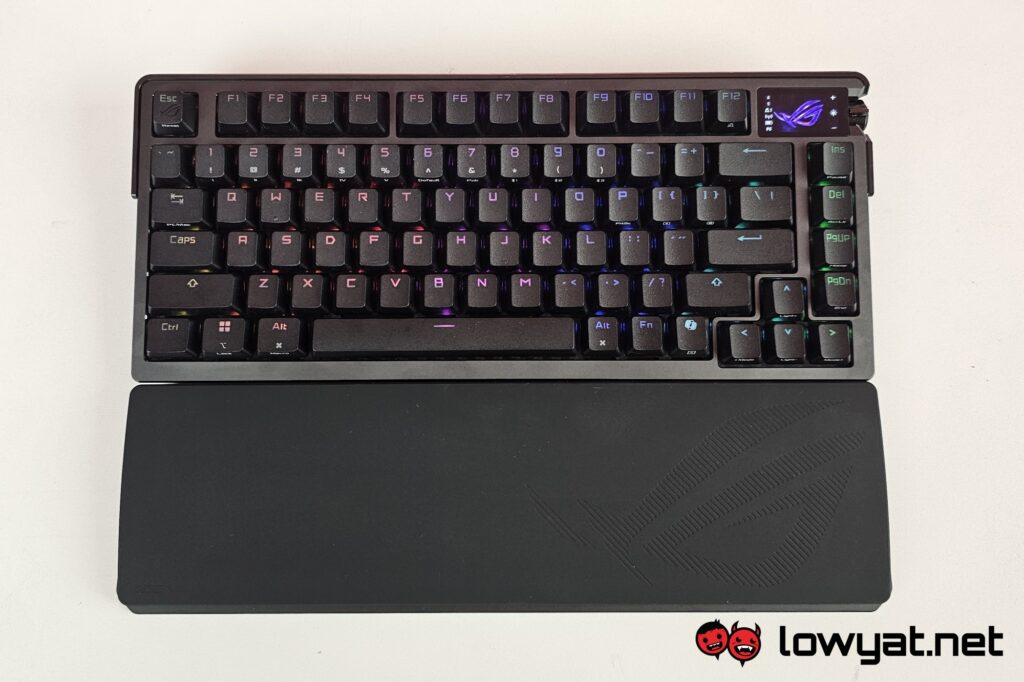
As someone who falls solidly within the former camp, longevity is a pretty major point of consideration when it comes to peripherals, especially with the advent of optical switches. This is especially for keyboards as they generally cost much more than mice, and with the kind of money the ASUS ROG Azoth Extreme is asking for, not getting optical switches right out the box hurts the argument for it quite a bit.
Ultimately, the ASUS ROG Azoth Extreme is truly befitting the suffix in its name. You can argue that it’s the best keyboard that money can buy, but it could also be easily be so much better in terms of value by trimming some features off – like the screen and knob – and cutting the price down accordingly. But if you’re already heavily invested into custom keyboards and are looking forward to investing more, this might be a consideration, since the OLED screen might not be the easiest thing to get even for custom-built boards.
Photography by Maheshan Mohan.

